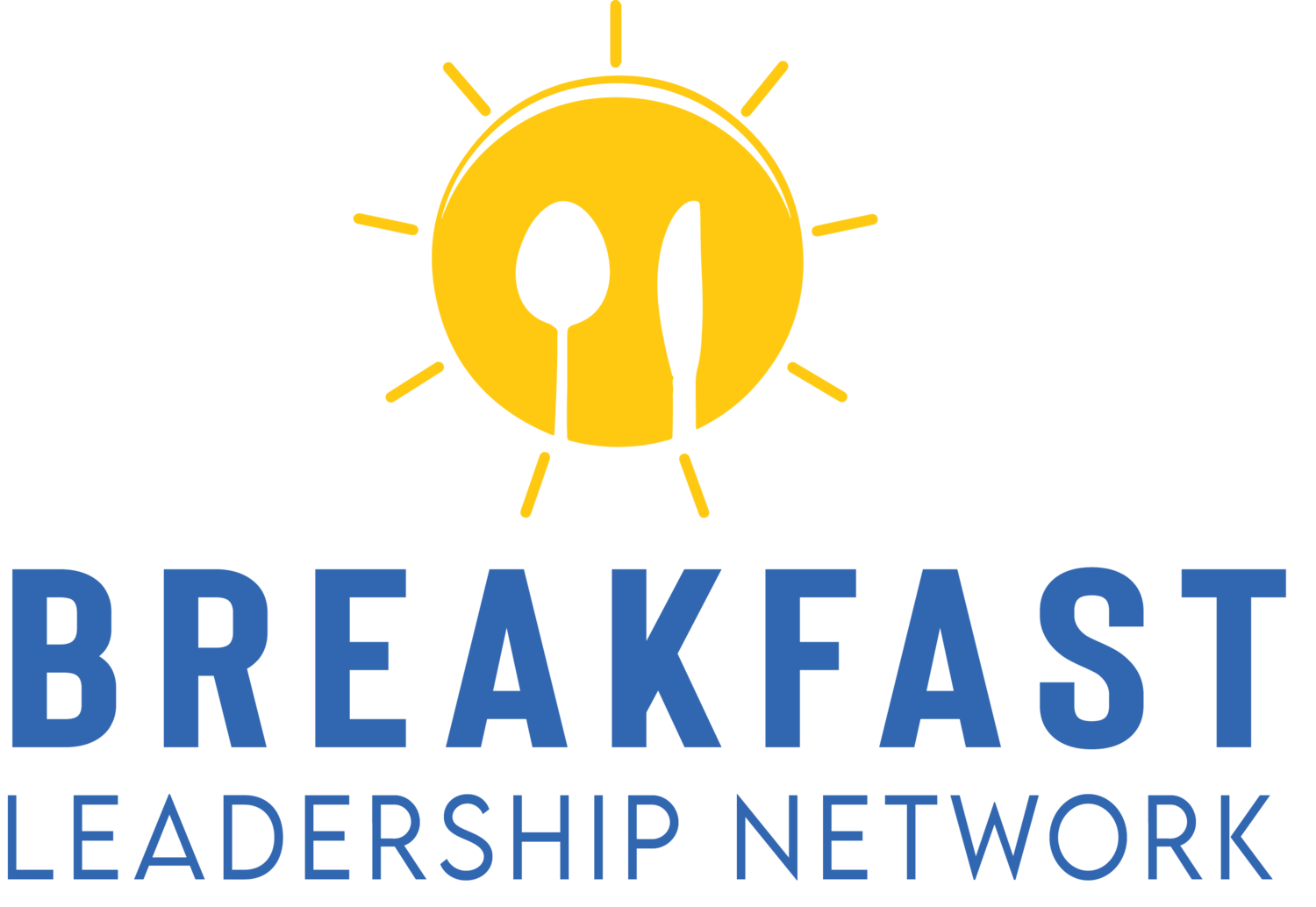Optimizing Digital Asset Management for a Personalized Content Strategy
Managing digital assets effectively is essential for delivering seamless and engaging content experiences. With the increasing demand for personalized content, organizations must have a structured approach to organizing, storing, and optimizing digital files. A well-implemented digital asset management (DAM) system ensures teams can efficiently access, distribute, and customize assets to meet evolving audience expectations. By adopting the right strategies, businesses can enhance productivity, maintain brand consistency, and improve overall content performance.
Keep Everything in One Secure Location
Managing a growing digital library is challenging without a structured system. A digital asset management (DAM) platform centralizes all content, ensuring accessibility for teams across different departments. Storing assets in one location improves workflow efficiency and minimizes time wasted searching for files. A secure DAM also protects valuable content from unauthorized access or loss. With a centralized system, businesses can ensure consistency in branding and messaging across all digital channels.
Seamlessly Connect with Your CMS
An effective DAM solution should integrate smoothly with your content management system (CMS). This connection enables real-time content updates and personalization, ensuring your audience receives timely and relevant information. Direct integration between the DAM and CMS eliminates the need for redundant uploads or manual adjustments. This synchronization supports faster content distribution while maintaining brand consistency. By bridging these platforms, businesses can create a more agile and responsive content workflow.
Maximize Content Reusability Across Platforms
With an experience manager site as part of your digital asset management strategy, you can efficiently organize, reuse, and distribute content across multiple channels. The platform provides tools to create modular content fragments that ensure consistency while reducing time spent on customization. This approach streamlines asset management, making adapting content for different audiences easier and delivering personalized experiences faster. If you’re looking for a better way to manage digital assets, this page deserves a look.
Improve Searchability with Smart Tagging
Finding the right digital asset when needed requires a precise categorization system. Implementing robust metadata tagging makes it easier to locate content, reducing delays in campaign execution. When assets are tagged accurately, automated systems can match them with relevant audience segments, enhancing personalization. A well-structured tagging strategy ensures teams can efficiently retrieve and deploy content without frustration. Consistently updated tagging structures help future-proof asset management as content libraries expand.
Automate Personalization with AI
Automation tools embedded in DAM platforms help tailor content based on user preferences. AI-driven personalization analyzes engagement data to adjust digital assets dynamically, ensuring a relevant experience for every audience. This process eliminates the need for manual content customization while maintaining high accuracy. Leveraging AI saves time and enhances content effectiveness across different platforms. Incorporating AI-driven automation also supports decision-making and content optimization for better engagement.
Plan for Growth with a Scalable System
A DAM system must support expansion without performance issues as content demands increase. Choosing a scale platform ensures your asset library can grow alongside business needs. A scalable DAM prevents bottlenecks and keeps content delivery efficient, even as asset volumes rise. Investing in the right system today avoids costly migrations or slowdowns in the future. Future-ready DAM solutions allow organizations to adapt to shifting market trends without disruption.
Maintain Control with Governance Policies
Establishing clear usage rights and workflows helps prevent content misuse. Governance policies define who can access, modify, and distribute assets, ensuring consistency with brand standards. Implementing approval workflows streamlines content validation, reducing the risk of errors or unauthorized changes. A well-structured governance framework supports compliance and protects digital assets from mismanagement. Having structured governance ensures content integrity while reducing operational risks.
Conduct Regular Audits for Accuracy
Routine evaluations of digital assets keep your content library relevant. Periodic audits identify outdated or underperforming materials, allowing for timely updates or removals. Reviewing asset performance helps refine personalization strategies and improve content effectiveness. Keeping your DAM organized ensures only the most relevant and impactful content is used across campaigns. Ongoing maintenance of digital assets leads to improved efficiency and better audience engagement.
A solid digital asset management strategy is essential for efficiently delivering personalized content. By organizing assets effectively and using tools that enable easy reuse, businesses can maintain consistency while saving time and resources. Streamlined workflows make adapting content for different audiences and channels easier without adding complexity. With the right approach, managing digital assets becomes less of a challenge and more of an opportunity to create meaningful, tailored experiences at scale.
Transform how you lead and thrive with expert insights on workplace culture, burnout prevention, and leadership from the Breakfast Leadership Network.



